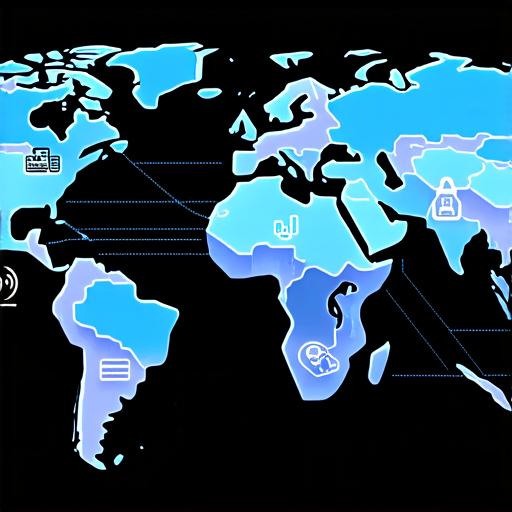What is the outsourcing option that includes the most remote location and indirect customer control
BlogOutsourcing is becoming an increasingly popular option for remote workers looking to expand their business reach and take on more work. With the rise of technology, it’s easier than ever to find skilled workers from around the world who can help you grow your business.
Table of Contents
ToggleWhat is Outsourcing?
Outsourcing refers to the practice of hiring someone else to do a task or job that would otherwise be done in-house. This can include everything from administrative tasks to more specialized work such as software development or graphic design. There are many benefits to outsourcing, including cost savings, increased efficiency, and access to a wider pool of talent.
Benefits of Outsourcing
- Cost Savings: One of the biggest advantages of outsourcing is the cost savings it can provide. By hiring someone else to do a task or job, you can often save money on salaries and benefits. Additionally, by outsourcing certain tasks, you can reduce the amount of time and resources needed to complete them in-house.
- Increased Efficiency: Outsourcing can also help increase efficiency by allowing you to focus on what you do best while someone else handles the tasks that take up more of your time. This can free up more time for you to focus on growing your business and expanding your reach.
- Access to a Wider Pool of Talent: By outsourcing, you have access to a wider pool of talent than you would if you were limited to hiring locally. This means you can find skilled workers from around the world who can help you grow your business.
- Flexibility: Outsourcing also provides flexibility, as you can hire someone for a specific task or project and then let them go once it’s complete. This allows you to scale up or down as needed without having to worry about long-term commitments.
Different Types of Outsourcing
There are several different types of outsourcing, each with its own benefits and drawbacks. Here are some of the most common types:
- Offshore Outsourcing: This refers to hiring someone from another country to do a task or job for your business. Offshore outsourcing can be a cost-effective option, as you can often find skilled workers in countries where labor costs are lower. However, it can also be challenging to communicate with someone who speaks a different language and lives in a different time zone.
- Nearshoring: This refers to hiring someone from a neighboring country or region to do a task or job for your business. Nearshoring can provide the benefits of offshore outsourcing, such as cost savings and access to a wider pool of talent, while also providing easier communication and a closer time zone.
- Onshore Outsourcing: This refers to hiring someone from your own country to do a task or job for your business. Onshore outsourcing can provide the benefits of nearshoring, such as easier communication and a closer time zone, while also providing access to skilled workers who are already familiar with your culture and business practices.
- Freelancing: This refers to hiring someone on a project-by-project basis to do a specific task or job for your business. Freelancing can be a flexible option, as you can hire someone for a specific project and then let them go once it’s complete. However, it can also be challenging to find someone who is reliable and able to meet deadlines.

Indirect Customer Control
One of the biggest concerns for remote workers looking to outsource is indirect customer control. When you hire someone to do a task or job for your business, you have less direct control over their work than you would if they were working in-house. This can be particularly challenging when it comes to ensuring that the work being done meets your standards and expectations.
However, there are several strategies you can use to ensure indirect customer control:
- Establish clear communication channels and guidelines
- Set specific goals and deadlines for each task or project
- Provide detailed instructions and expectations for each task or project
- Regularly review and provide feedback on the work being done
- Build a relationship of trust with your outsourced workers
